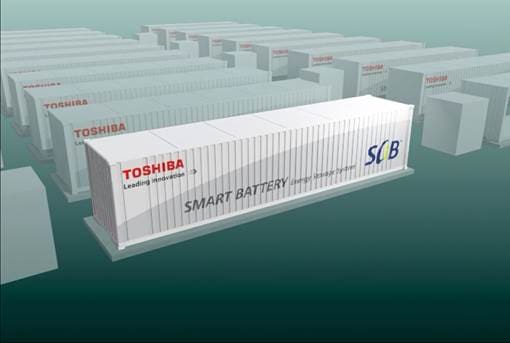Landcare, tourist brochures & www.etree.com.au
Like the ‘V’ light of the ibis it makes sense to work together.
November 18, 2004Improving the Yield of Tourism in Regional Areas: the Role of Visitor Info Centres
November 18, 2004www.eTree.com.au is a coordinated attempt to encourage Australian shareholders to reduce mailouts by receiving annual reports and other communications via email. A Computershare study estimates that in Australia $300 million is spent on shareholder mailouts each year and a minimum of 180 million sheets of paper are used. Annual mailouts can cost a company up to $18 per shareholder and in Telstra’s case they use more than 500 tonnes of paper.
Landcare Australia, Computershare and some of Australia’s biggest listed companies – Telstra, AMP and BHP Billiton – want to both reduce the mailouts and earn Landcare $2 per shareholder for specific projects in that shareholder’s home State or Territory. The way it works is that shareholders with email access can log onto www.etree.com.au to take up the eTree incentive, then, for each participating shareholder $2 is then paid to Landcare by the participating listed companies.
Landcare Australia CEO, Brian Scarsbrick, says ‘For every $2 donation, using direct seeding innovations, local project management methods and the assistance of volunteers, landowners, technologists and practitioners, four trees could be established in major landscape projects across Australia,’ ‘If only 10 per cent of all Australian shareholdings were registered for the eTree program, that could equate to some 13 million trees or nearly 22,000 hectares of forest’.
The eTree initiative has 14 foundation members, representing 5.5 million shareholdings. These include Telstra; financial services companies AMP and HHG; ANZ; AXA; E-TRADE; Macquarie Bank; retailers Coles Myer and Woolworths; transport infrastructure group Transurban; grain industry and agribusiness leader AWB; resources groups BHP Billiton and Rio Tinto and Computershare.
Some of the first projects earmarked for funding include the Murray Darling Basin box-ironbark belt in Queensland, New South Wales, the ACT and South Australia; Grow West at Bacchus March in Victoria; parts of rural and coastal Tasmania and the salinity-affected parts of south-western WA. Funding will also be directed to specific wetlands projects, such as the McKenzie Biosphere Reserve in WA and provision has been made for New Zealand projects.
The www.etree.com.au site reports a slow start in mid-March with only 2% of shareholders taking up the suggestion (Australian Financial Review 17.3.04) www.landcareaustralia.com.au (13.8.04)
On a more grassroots scale…………
Do you ever feel guilty about throwing away a pile of glossy tourist brochures at a holiday’s end? You can’t get past the marketing allure of glossy photos for promotion – and we certainly want to keep the standout experience brochures for showing to friends and family and for repeat visit info – but maybe the tourism industry should be proactive like Computershare and possibly form an alliance with Planet Ark to encourage holidaymakers to do something worthwhile with all the unwanted paper when they empty out bags either in their home town, in the last night’s accommodation, at the airport, train station or car hire depot, similar to the Christmas card recycling effort?
and…
For local visitor information Wellington Shire Tourism Officer Frank Norden makes the point that Yarram’s move – from a book type brochure to a large broadsheet that folds up neatly – uses less paper, achieves the goals of providing local info efficiently and effectively and is easier on local businesses’ pockets.

